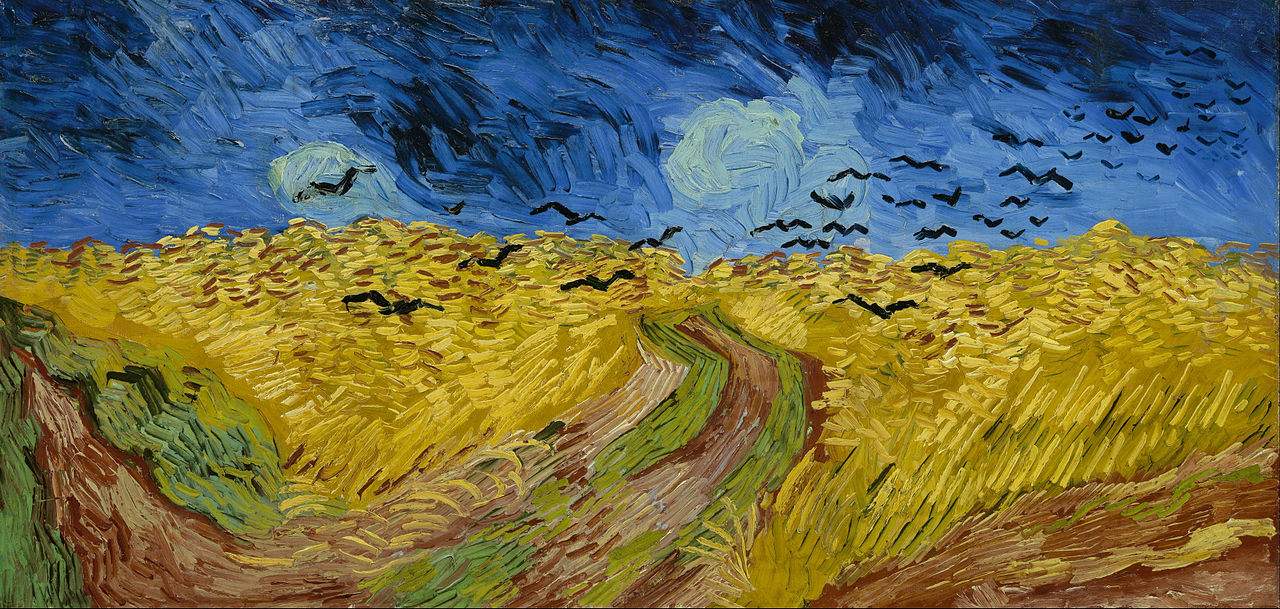An exhibition on the last two months of the life of Vincent van Gogh (Zundert, 1853 - Auvers-sur-Oise, 1890): it is being held in Paris, at the Musée d’Orsay, from October 3 until February 4, 2024. The exhibition is organized by the Public Institution of the Musées d’Orsay and l’Orangerie in Paris and the Van Gogh Museum in Amsterdam, where it has already been held from May 12 to September 3: the Paris show is therefore the second and final stop.
Entitled Van Gogh à Auvers-sur-Oise. Les derniers mois (V “an Gogh a Auvers-sur-Oise. The Last Months”), it is the first exhibition entirely devoted to the months Van Gogh spent in Auvers-sur-Oise, near Paris, and is the culmination of years of research into this crucial phase of the artist’s life, with the aim of enabling the public to appreciate this extreme phase of the Dutch artist’s production in all its aspects.
Arriving in Auvers-sur-Oise on May 20, 1890, Vincent van Gogh died there on July 29 following a suicide attempt. Although the painter spent only a little over two months in Auvers, this period saw an artistic renewal, with a style and development of his own, marked by the psychological tension born of his new situation but also by the creation of some of his greatest masterpieces.
Strained by the various crises he experienced in Arles and then in the Saint-Rémy asylum, Van Gogh approached Paris and his brother Théo to find new creative impetus. The choice of Auvers was due to the presence of Dr. Gachet, a doctor specializing in the treatment of melancholia, as well as a friend of the Impressionists, collector and amateur painter. Van Gogh settled in the center of the village, in the Ravoux Inn, and explored all aspects of this new microcosm, struggling with concerns related to his crises, his health, his relationship with his brother, and his place in society and the art world.
No exhibition has yet been devoted exclusively to this final but crucial phase of his career. In two months, the painter produced 74 paintings and 33 drawings, including iconic works: Dr. Paul Gachet, The Church of Auvers-sur-Oise and Wheatfield with Flight of Crows. On the strength of 48 paintings and some 20 drawings, the exhibition aims to highlight this period according to a thematic path: early landscapes depicting the village, portraits, still lifes, and landscapes of the surrounding countryside. Also presented is a series, unique in Van Gogh’s oeuvre, of paintings in double elongated square format.
For all information you can visit the Musée d’Orsay website.
Image: Vincent van Gogh, Wheatfield with Flight of Crows (1890; oil on canvas, 50.3 x 103 cm; Amsterdam, Van Gogh Museum)
 |
| Paris, at Musée d'Orsay exhibition on Van Gogh's last two months |
Warning: the translation into English of the original Italian article was created using automatic tools. We undertake to review all articles, but we do not guarantee the total absence of inaccuracies in the translation due to the program. You can find the original by clicking on the ITA button. If you find any mistake,please contact us.